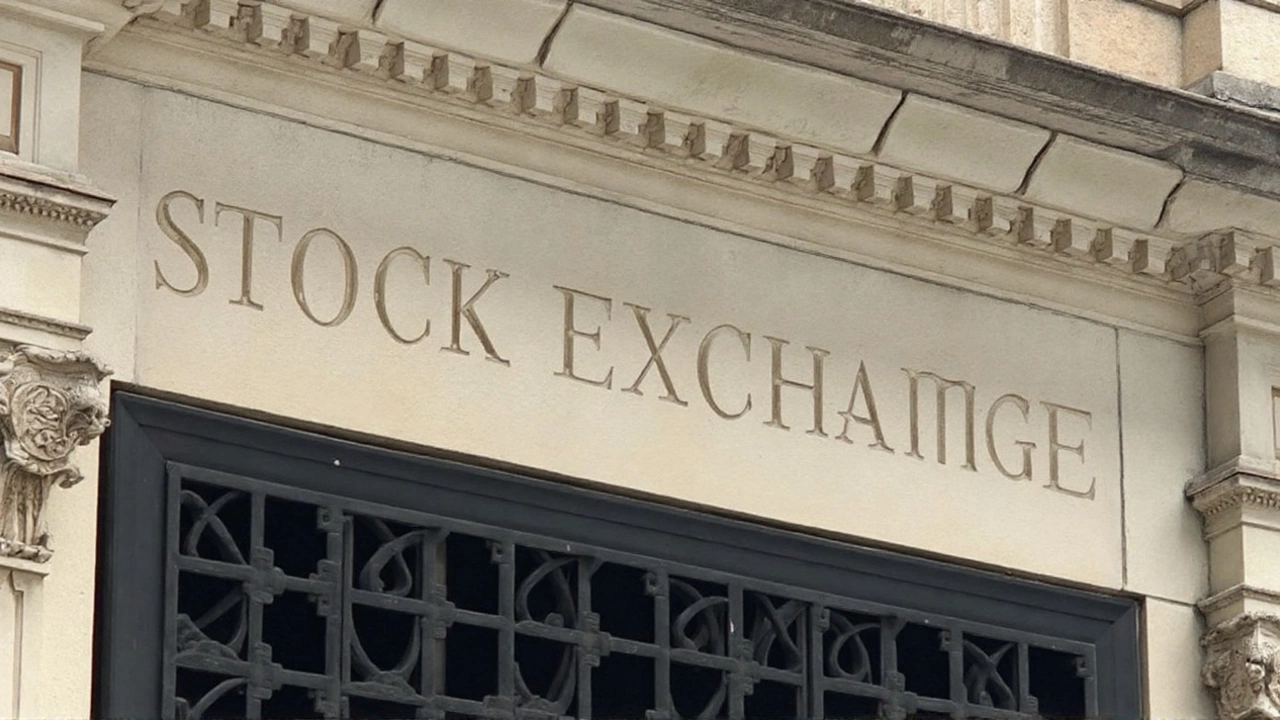S&P 500 Tops 6,600, Dow Hits 46,000 as AI-fueled Rally Fuels Q3 Surge

The U.S. stock market kept its record‑breaking march in Q3 2025, pushing the S&P 500 beyond 6,600 and sending the Dow Jones Industrial Average past the 46,000 mark for the first time. Those milestones represent the index’s 21st new high of the year and underline a rally that feels more like a sprint than a jog.
AI and Tech Power the Market Engine
Artificial intelligence is no longer a buzzword – it’s the engine driving the latest surge. Semiconductor manufacturers and AI‑infrastructure firms posted earnings that blew past consensus estimates, and their stock prices reacted in kind. Companies such as Nvidia, Advanced Micro Devices and several cloud‑service providers saw valuations multiply as investors priced in decades‑long growth potential.
- AI‑related stocks accounted for roughly 45% of the S&P 500’s total gain since the April trough.
- Morningstar’s sector rating lifted the technology group to a new all‑time high, outpacing financials and industrials by a wide margin.
- R&D spending among top AI firms rose 17% YoY, reinforcing the narrative of a long‑term investment wave.
The rally isn’t limited to a handful of mega‑caps. Mid‑size firms that supply data‑center components, edge‑computing hardware and specialized AI software also joined the climb, broadening the base of participation.

Earnings Strength and Valuation Outlook
Profitability has kept pace with price appreciation. To date, 98% of S&P 500 constituents have reported Q2 results, and a solid 81% beat analysts’ forecasts. Guidance for the third quarter remains upbeat, with many firms raising full‑year earnings targets.
Analysts project earnings per share for the index to hit $270 in 2025 – an 8% increase – and $290 in 2026, edging up another 7.5%. Those numbers help justify the forward price‑to‑earnings multiple of roughly 22x, which, while at the upper edge of historic norms, is backed by the underlying growth trajectory.
- UBS predicts the S&P 500 could reach 6,800 by June 2026, adding about 5% upside.
- The Fed’s policy stance is increasingly viewed as accommodative, with expectations of slower rate hikes and potentially more cuts if inflation eases.
- Corporate balance sheets remain strong; free‑cash‑flow conversion rates sit near 90% for the top 25% of market‑cap firms.
Investment professionals like Kara Murphy of Kestra Investment Management note that market sentiment has shifted dramatically. Just a few months ago the market was navigating the last leg of a bear‑ish phase; today it’s buoyed by growth stories that appear to have long‑term staying power.
Nevertheless, the rapid rise has sparked a healthy debate about risk. Some analysts caution that the lofty valuations could invite a correction if earnings momentum stalls or if the Federal Reserve surprises with tighter monetary policy. Others argue that the AI revolution provides a structural boost that could sustain higher multiples for years to come.
What’s clear is that the combination of robust corporate earnings, a pivot toward AI‑centric business models, and a more dovish outlook from policymakers has created an environment where investors feel confident enough to push records higher. As the market heads into traditionally softer September months, all eyes will be on whether the momentum can defy seasonal trends or if a recalibration is on the horizon.